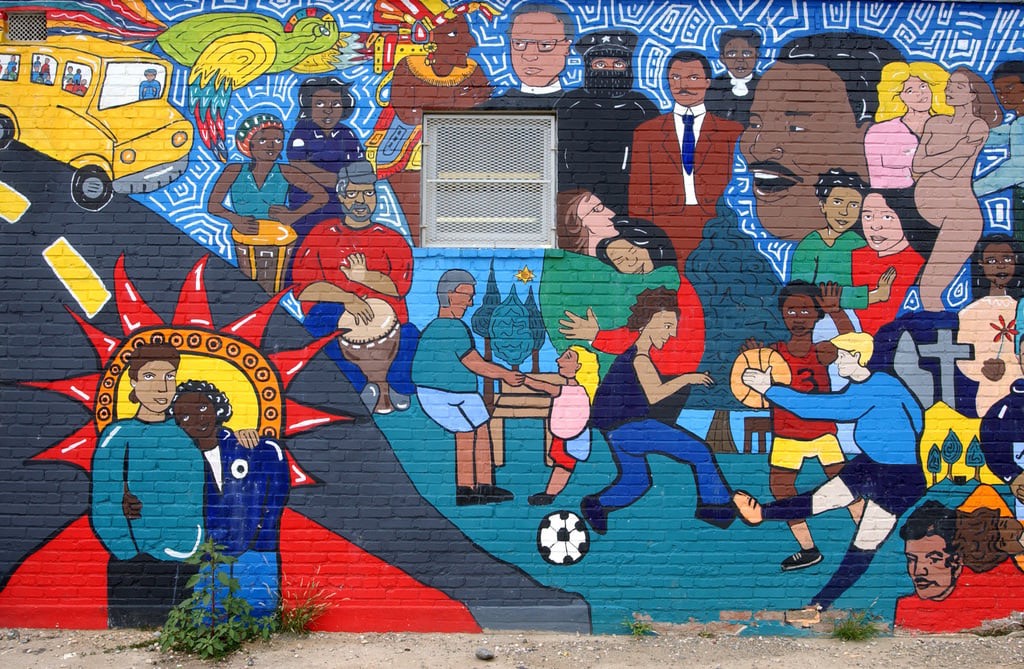Anna Carlson | Correspondent
Just after the one-year anniversary of the fall of Durham’s Confederate statue, a group of students and activists of the Chapel Hill community brought down the infamous Silent Sam statue—bringing the ongoing national conversation around the more than 1,500 existing Confederate memorials spread across the country to North Carolina once again.
These Confederate monuments honor one of the most negative portions of the United States’ history, disrespecting the Black American community that makes up about 15 percent of this country’s population. The individuals being memorialized are people that played a part in the worst era of oppression against this minority group and thus, are not entitled to admiration of any kind. Black Americans deserve to be free of constant reminders of their ancestors’ suffering—something that cannot happen with hundreds of these statues standing across 31 states.
When discussing the future of these statues and monuments, however, one must look to their history to understand why they went up in the first place.
Many of these memorials were erected within the period roughly between 1890 and 1920. This was a period of extreme racial turmoil in which white supremacist groups, like the Ku Klux Klan and the United Daughters of the Confederacy, were growing in violence and political influence.
For example, To the Boys Who Wore Gray—the statue toppled in Durham a year ago—was raised in 1924. Silent Sam was erected on UNC-Chapel Hill’s campus in 1913. The earliest of the three monuments on the North Carolina capitol grounds honoring the state’s “Confederate Dead” was raised in 1895.
The influence of groups like the KKK and UDC ultimately resulted in the creation and protection of these monuments. Placing these monuments on public grounds reinforced white supremacists’ dominance.
These days it’s a lot harder to both raise and remove statues on public ground. Much of this has to do with a law passed by the NC General Assembly in 2015 that has essentially tied the hands of those who want the monuments removed without having nearly every lawmaker in agreement. This move by former NC Governor Pat McCrory was just another strategy in the white-dominated political sphere to keep these racist statues in place, despite public opinion.
With the three statues on the state’s capitol grounds being the last confederate monuments in the Triangle standing, all eyes have turned to the Raleigh community to see what course of action we will take.
As previously mentioned, these statues have no place in a community like Raleigh’s, one that owes every one of its citizens, no matter their race, the right to feel safe and free of oppression. This is why Raleigh’s confederate monuments must come down.
Each of them represent an ideal that does not belong in our community. The oldest of the three, dedicated to North Carolinian Confederate fatalities, idolizes the lives of these individuals who ultimately died fighting to keep Black Americans enslaved and oppressed. Their choice to give their lives for such an hateful cause is not honorable in any way and therefore does not deserve to stand 75 feet high above public property. The second oldest, a statue of Henry Lawson Wyatt (supposedly the first Confederate to die in battle) memorializes the same racist ideal and must be taken down for the same reason.
The third monument, recognizing the “Women of the Confederacy” is equally as disgraceful as the first two. This statue honors the families that supported the war from the home front. While they may seem much more innocent because they were roped into the war efforts due to a possible lack of economic means, these families became the power in the Southern Democratic Party following the war—the party that was almost individually responsible for the post-war oppression of Black Americans. These are the women that passed down their prejudices to their children, who then grew into the generation of white southerners responsible for the lynching of 3,446 Black Americans between the years of 1882 and 1968.
Students of NC State, as the leaders of not only the future but the present political age, we must take action on this issue. The communities we live in are ours to shape and these statues don’t belong. They don’t represent the all-inclusive world we wish to create. They don’t represent Raleigh. It’s time to tear them down.













